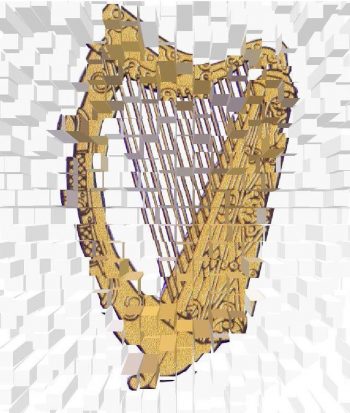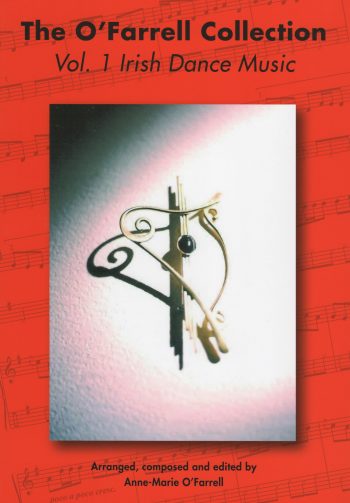Rann Dó Trí (2013)
This piece was a winning work in the BBC Baroque Remixed Composition Competition. It was first performed by the BBC Concert Orchestra conducted by Charles Hazlewood in the Roundhouse, London on 11th March 2013 and was broadcast live on BBC Radio 3 as part of the Baroque Spring Festival.
Orchestration:
2(p, afl).2(ca).2(Eb, bcl).2(cbsn).4.3.3.0.timp.+2perc.+drum kit.hp.str.
Percussion player 1: glockenspiel, 3 temple blocks, crotales with bow, tambourine, castanets
Percussion player 2: vibraphone, guiro, suspended cymbal, large bass drum
Duration: 4’38
Purcell’s Rondo from the Abdelazar Suite is reinterpreted here for orchestra, sometimes drawing upon non-classical genres not traditionally associated with orchestral forces, for example, jazz, and folk idioms from Celtic countries. The title, pronounced ‘rondo-tree’ is a pun on the Irish dancing step, ‘haon, dó, trí’ and the Irish word ‘rann’ means a verse of poetry, suggesting the origins of the medieval poetic form of the rondo. The Irish dance tune characteristics are most evident in the thematic modification of the original melody in three parts. Essential notes and melodic contour are preserved while the tune is presented in the guise of a distorted slip jig (normally in 9/8). Irish dance rhythms feature prominently, particularly in their contemporary expression through the combination of traditional and irregular time signatures. Rhythmic techniques include highlighting the baroque hemiola together with the deliberate misalignment of rhythmic patterns. The regularity of the jig and slip jig metres (6/8 and 9/8) is broken up with changes of metre, particularly using a shorter bar than might be expected in places.
While the musical heritage not only of Purcell, but also of Benjamin Britten are relevant in a work such as this which draws heavily on its original, the transformation of material based on rhythm and melody of Irish dance tunes brings it into a new context. Therefore, although counterpoint is employed, as in the treatment by Britten, the context is quite different because of the presence of folkdance material in strings and woodwinds together with the rhythmic augmentation of the original melody in brass. The lineage of Purcell is further acknowledged in the descending chromatic pitches from Purcell’s famous ground bass in Dido and Aeneas, heard in the clarinet as it accompanies a vibraphone solo. Timbral choices also highlight the contrast between this and approaches of the twentieth century, through the use of crotales with bow, nail strums on harp, violins and violas strummed like lutes, and ethnic percussion including agogo and guiro. Alongside colouristic references to older music in the lute-like strumming of violins and violas, baroque contrapuntal techniques also feature, particularly in the final section when the Irish dance form of Purcell’s tune is combined with the original inverted at a third.



